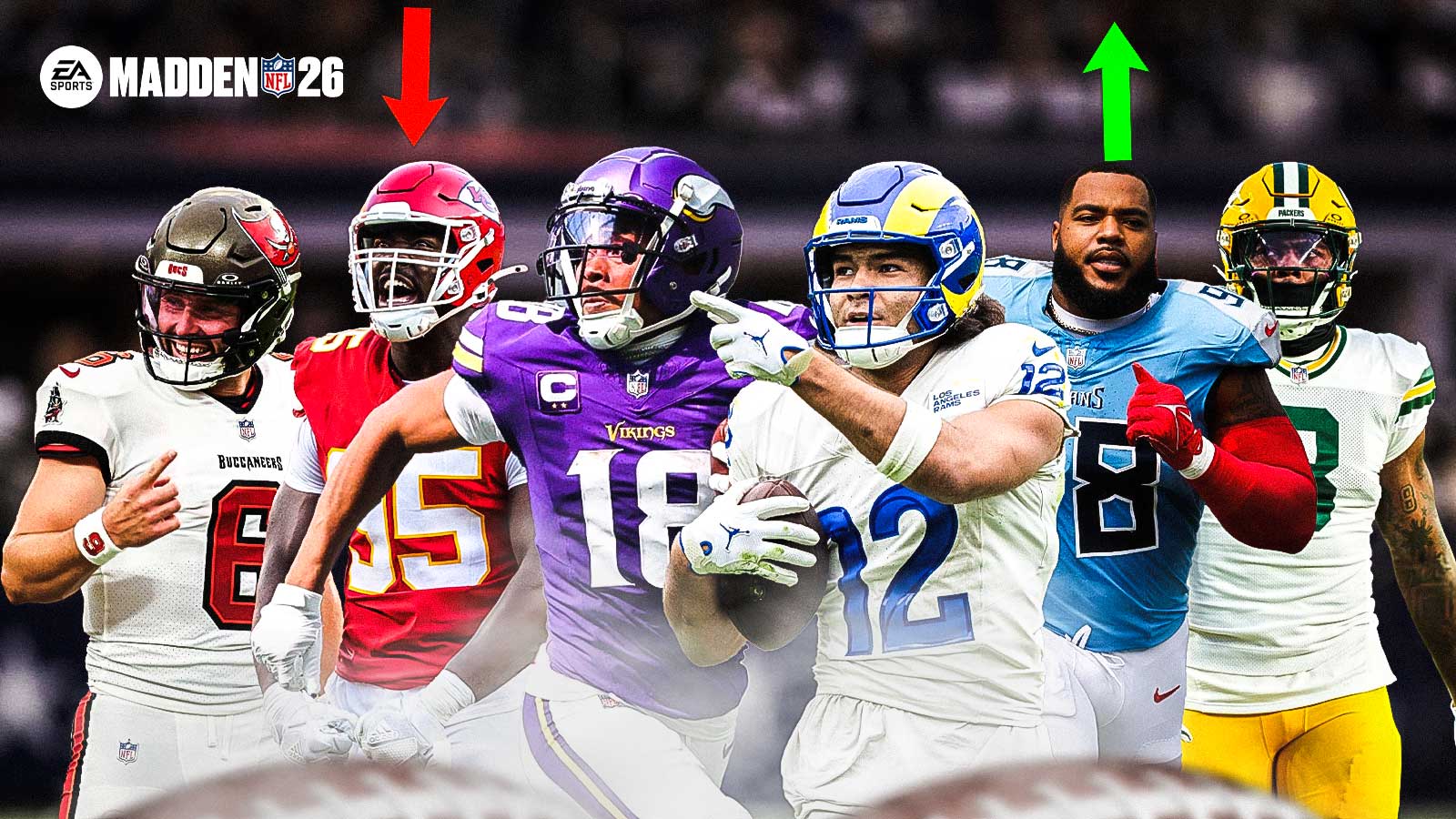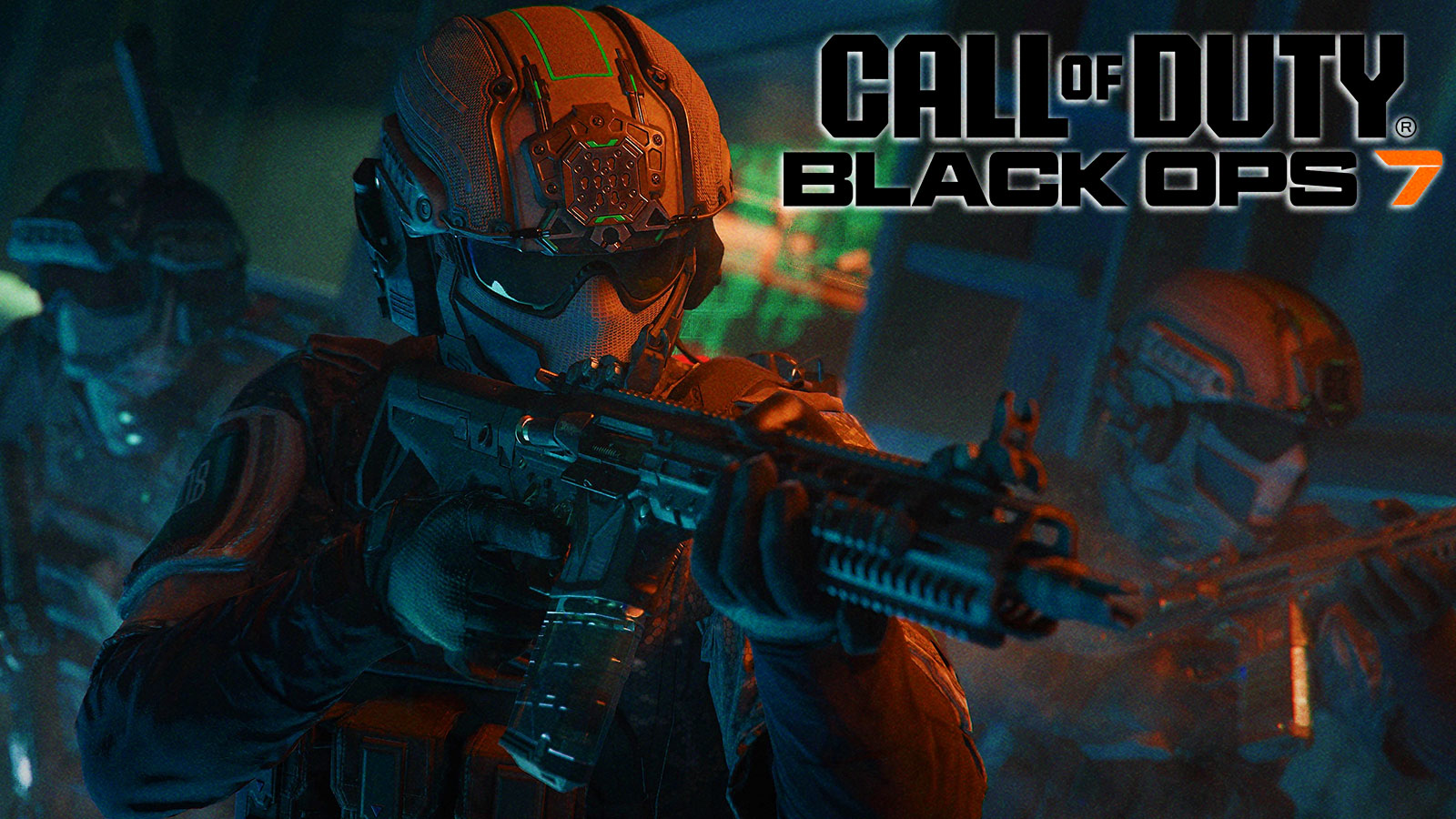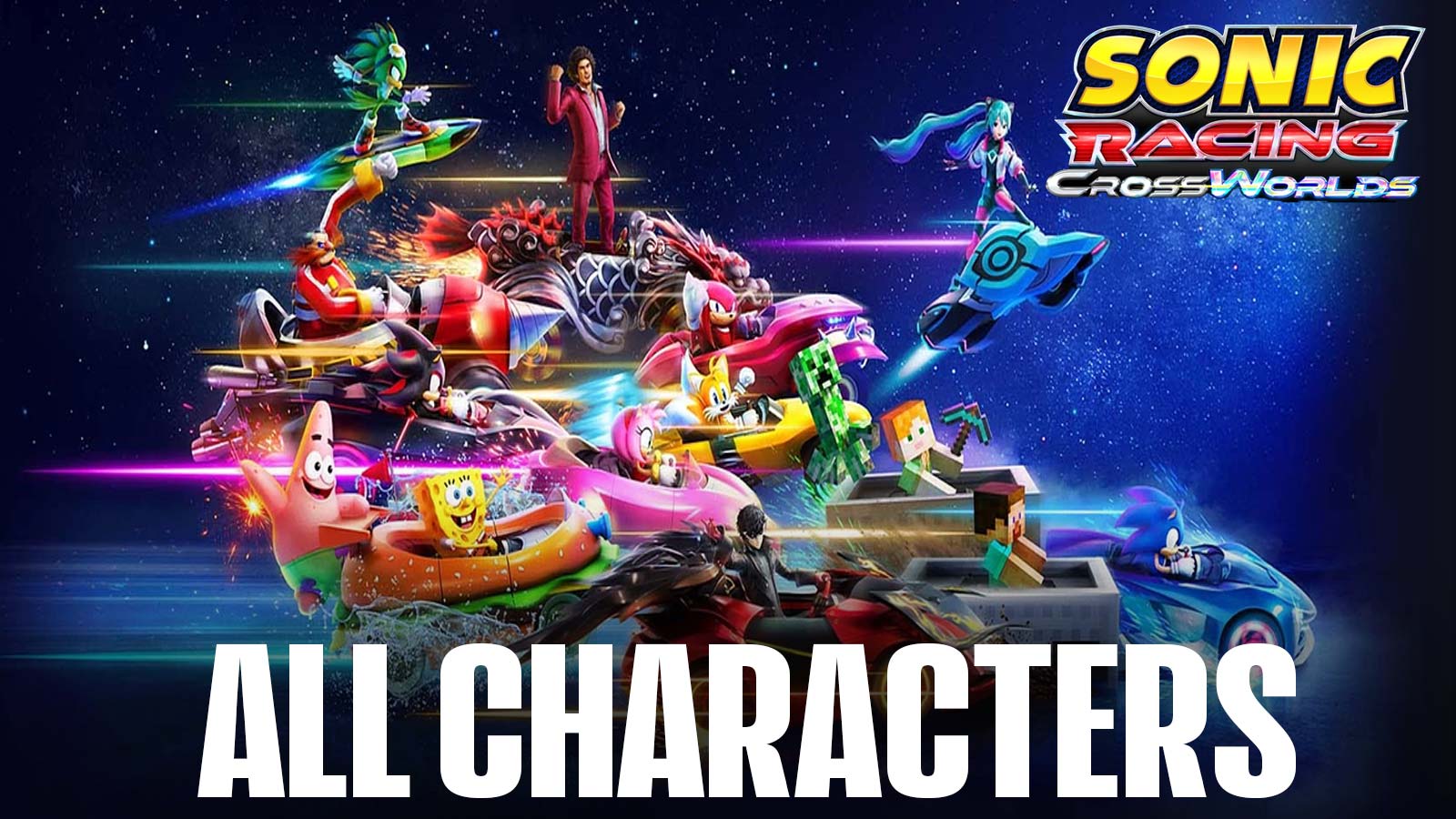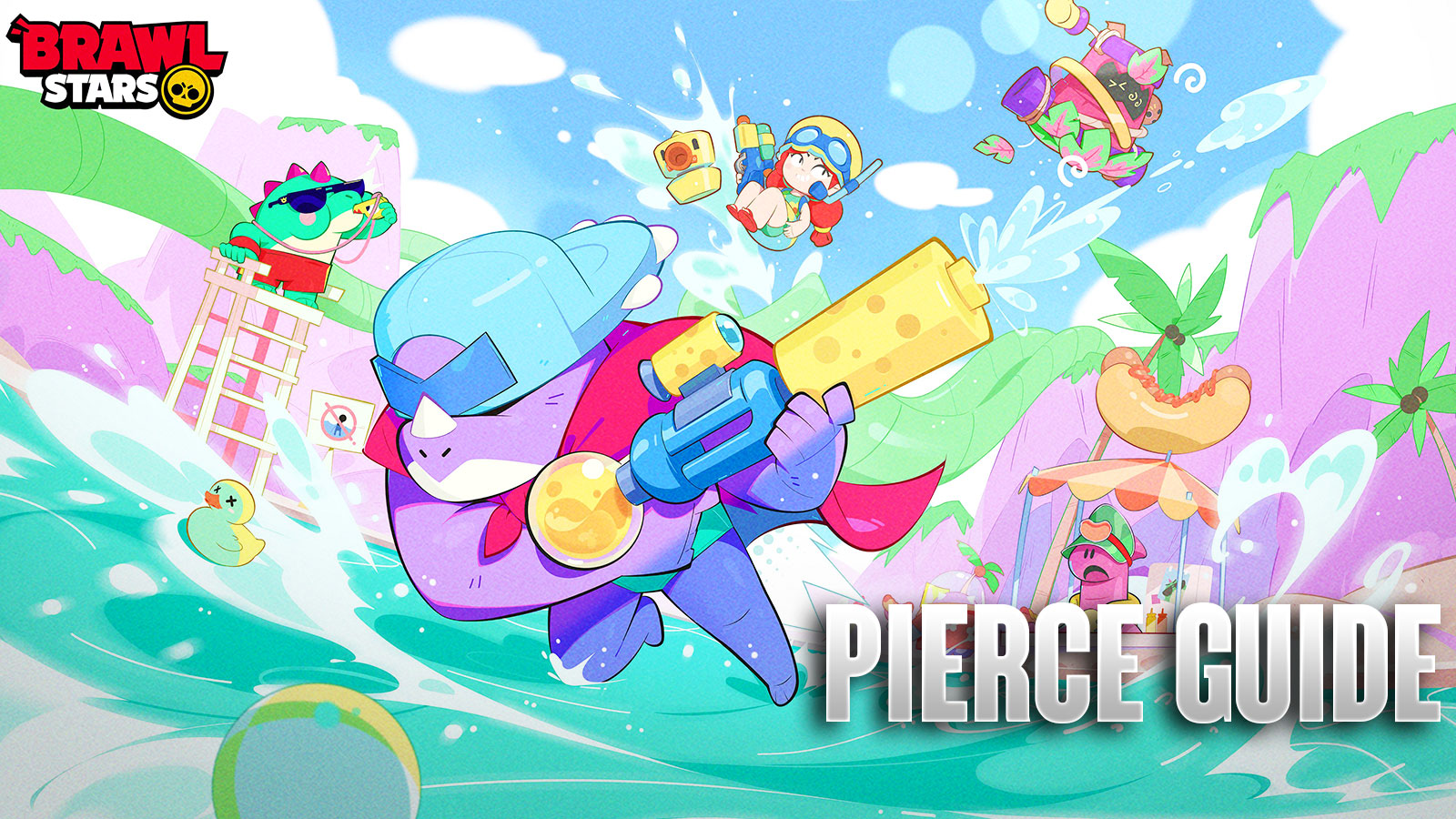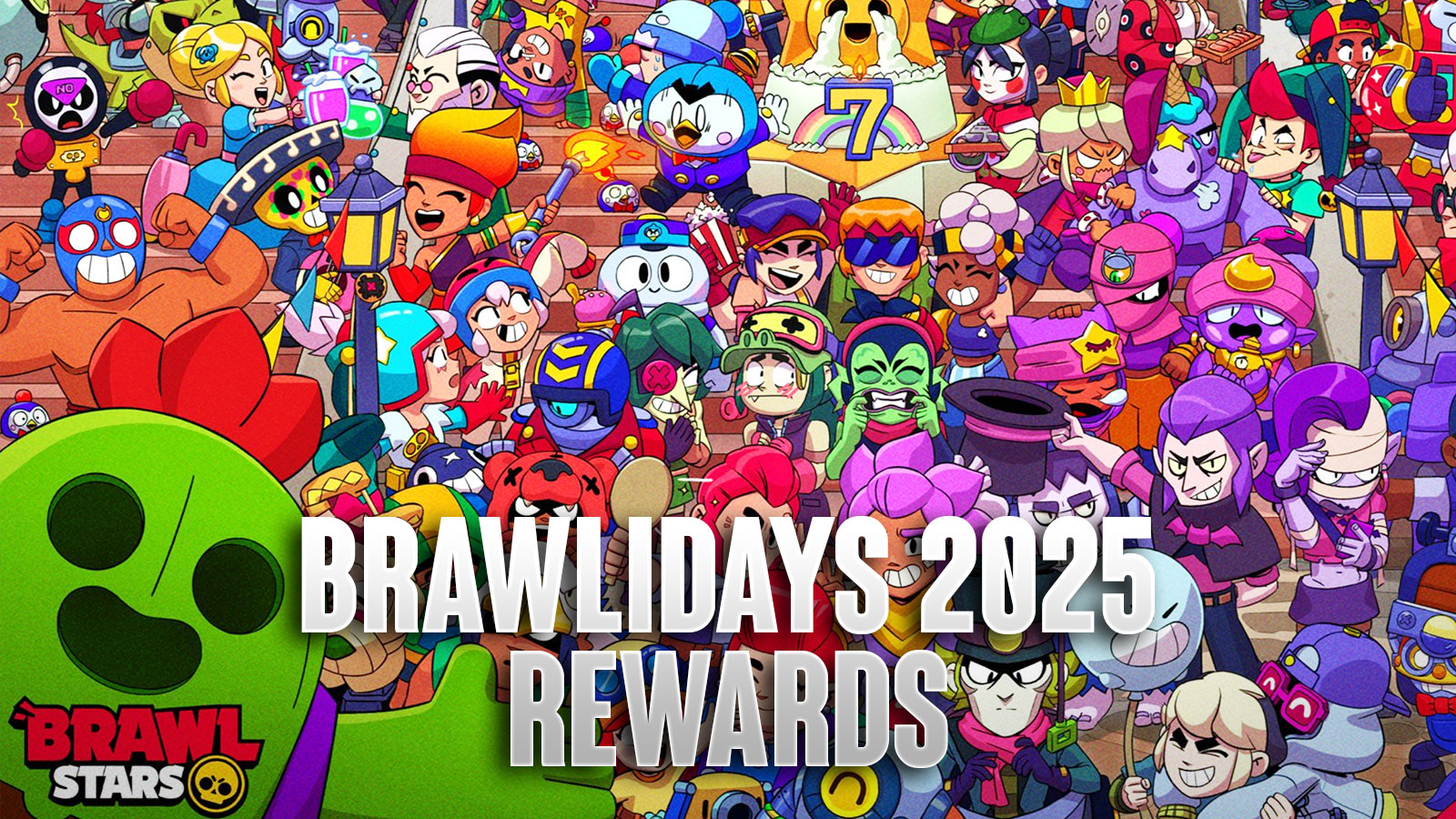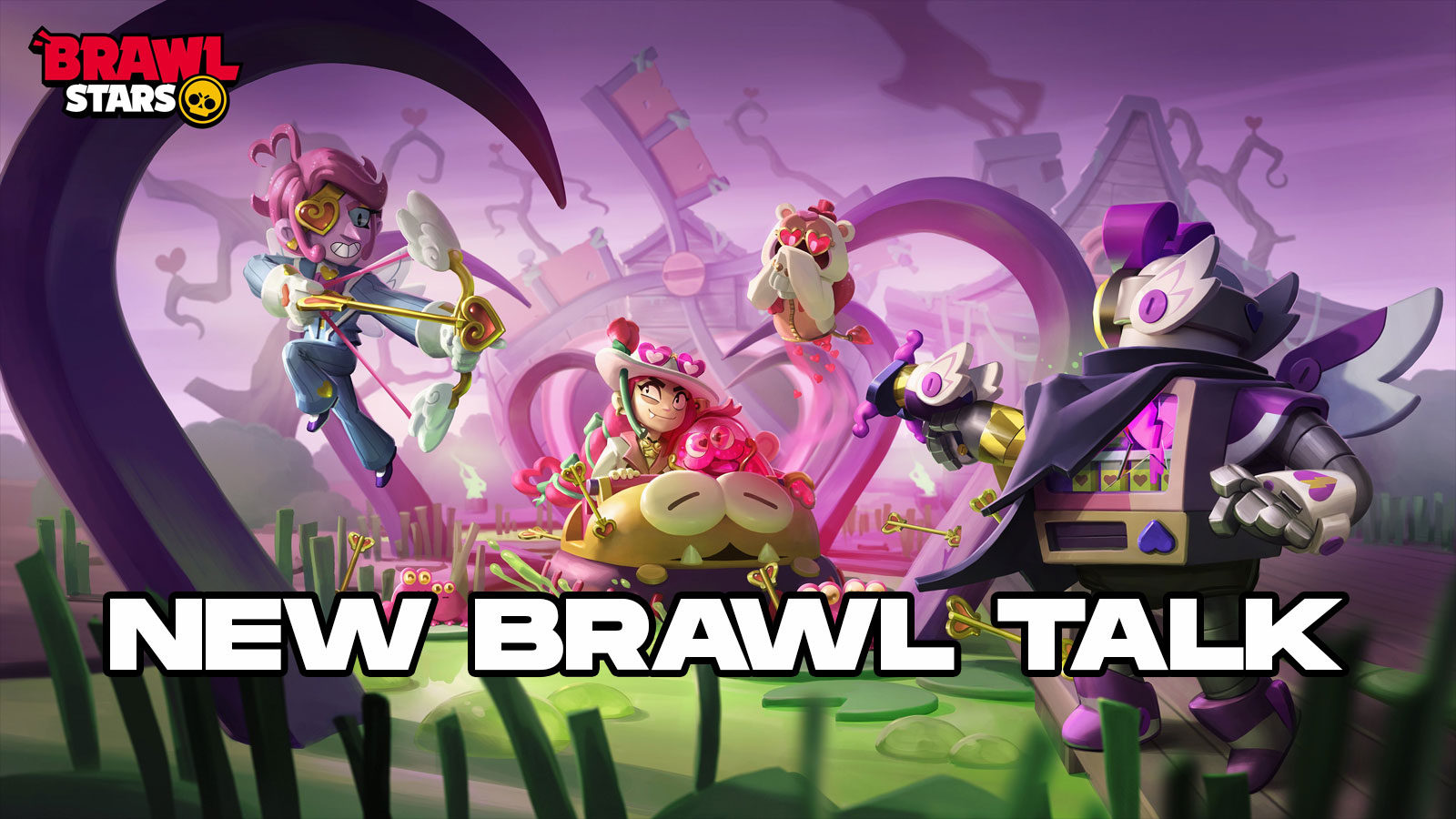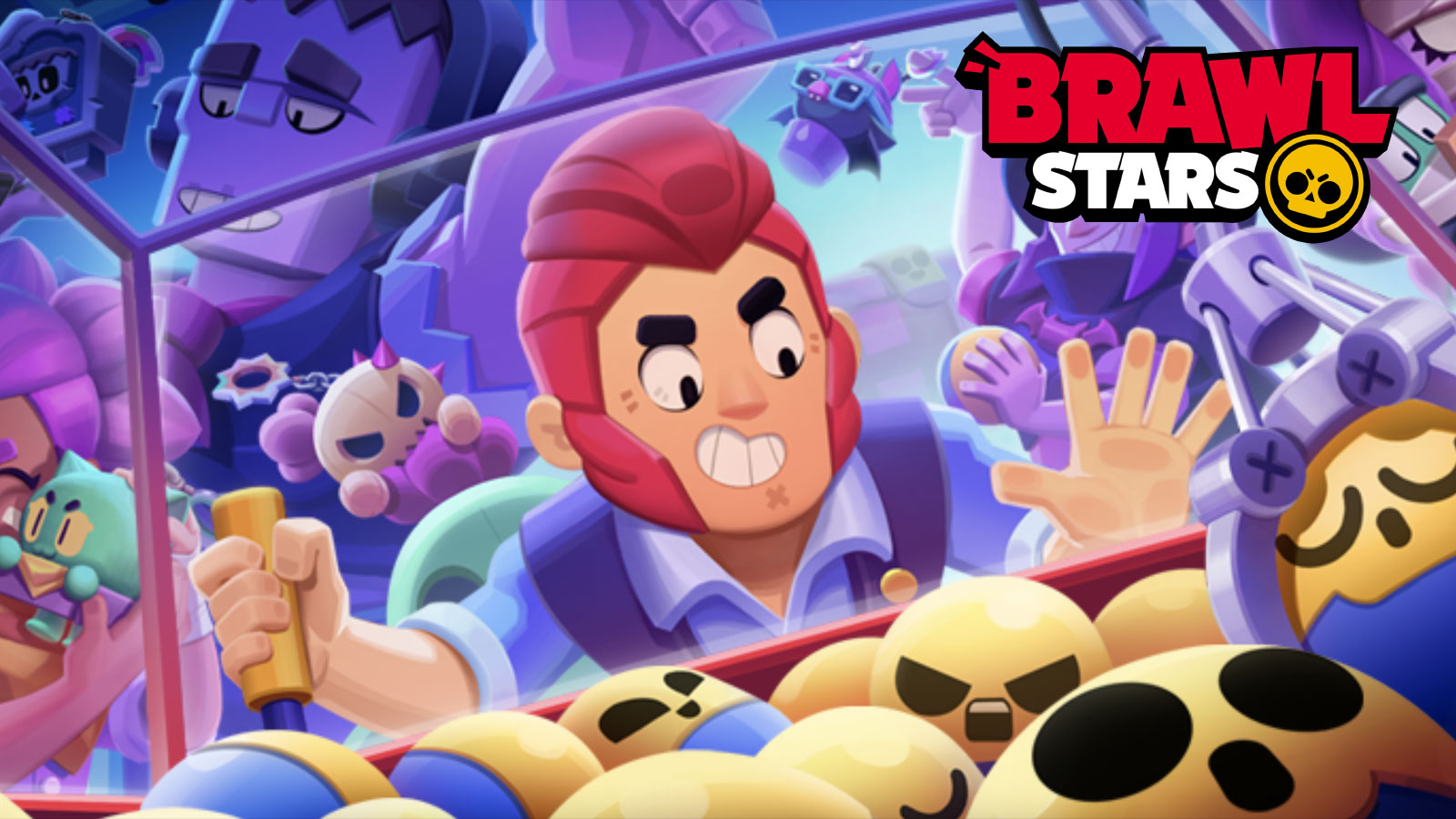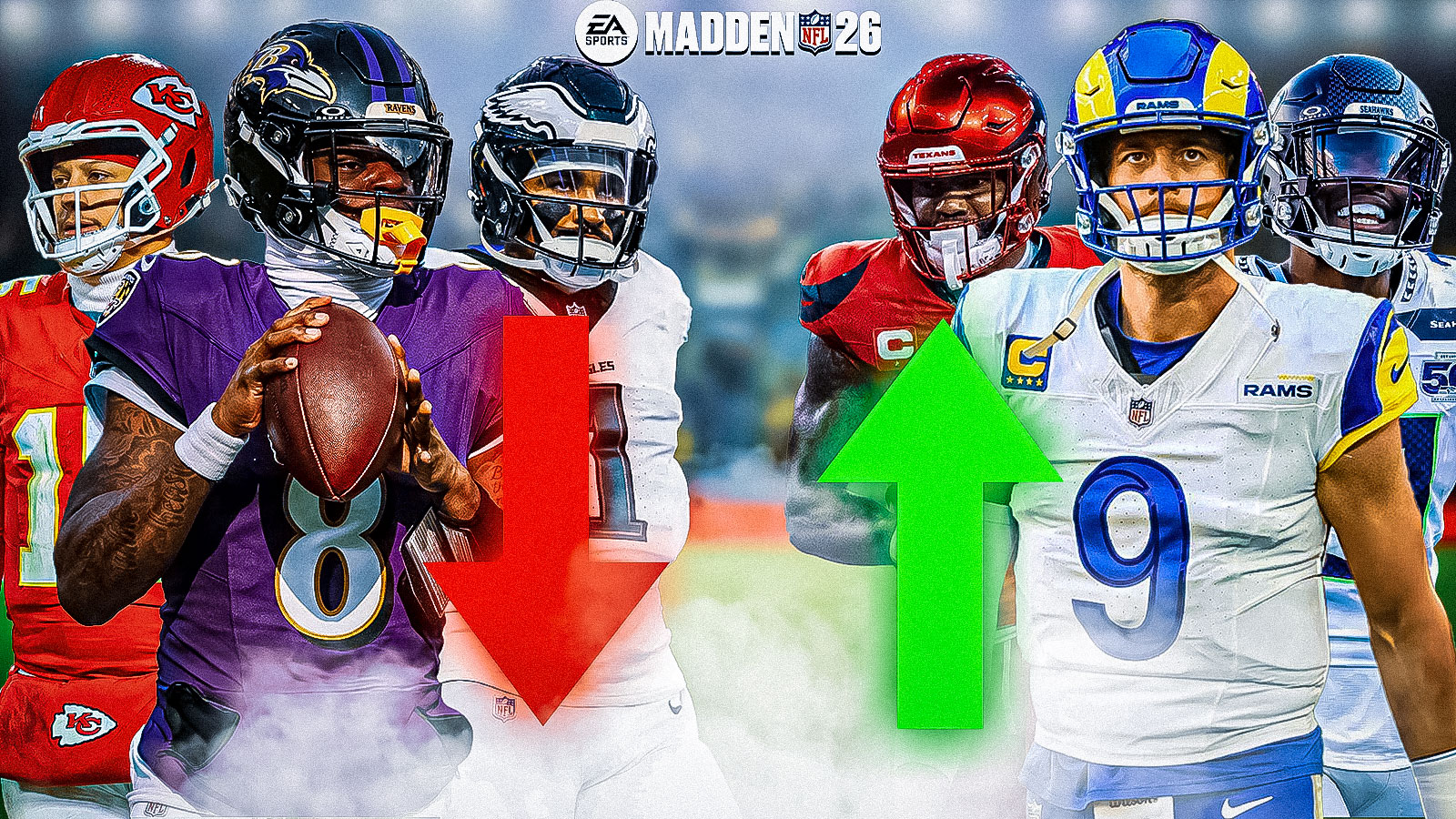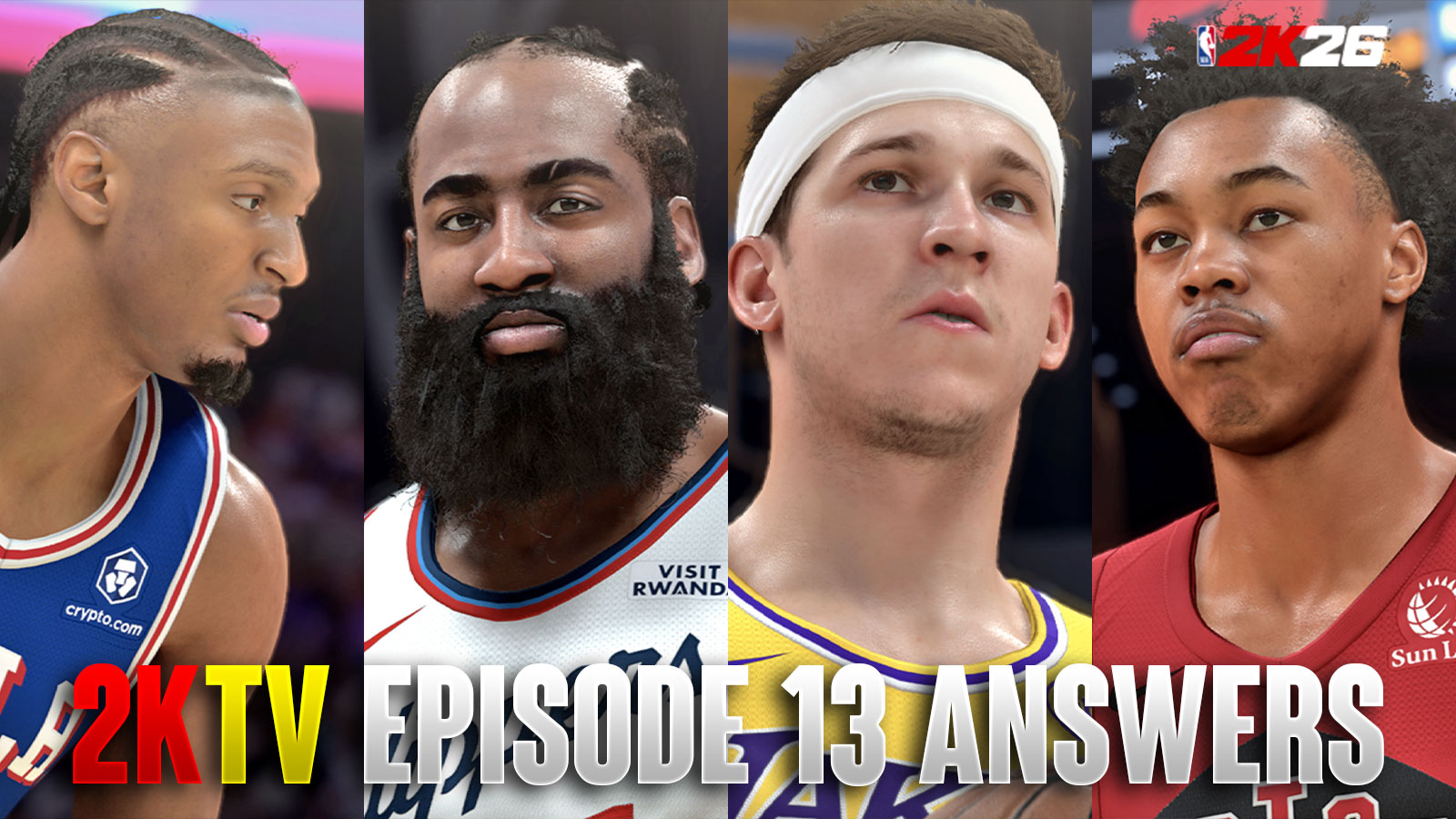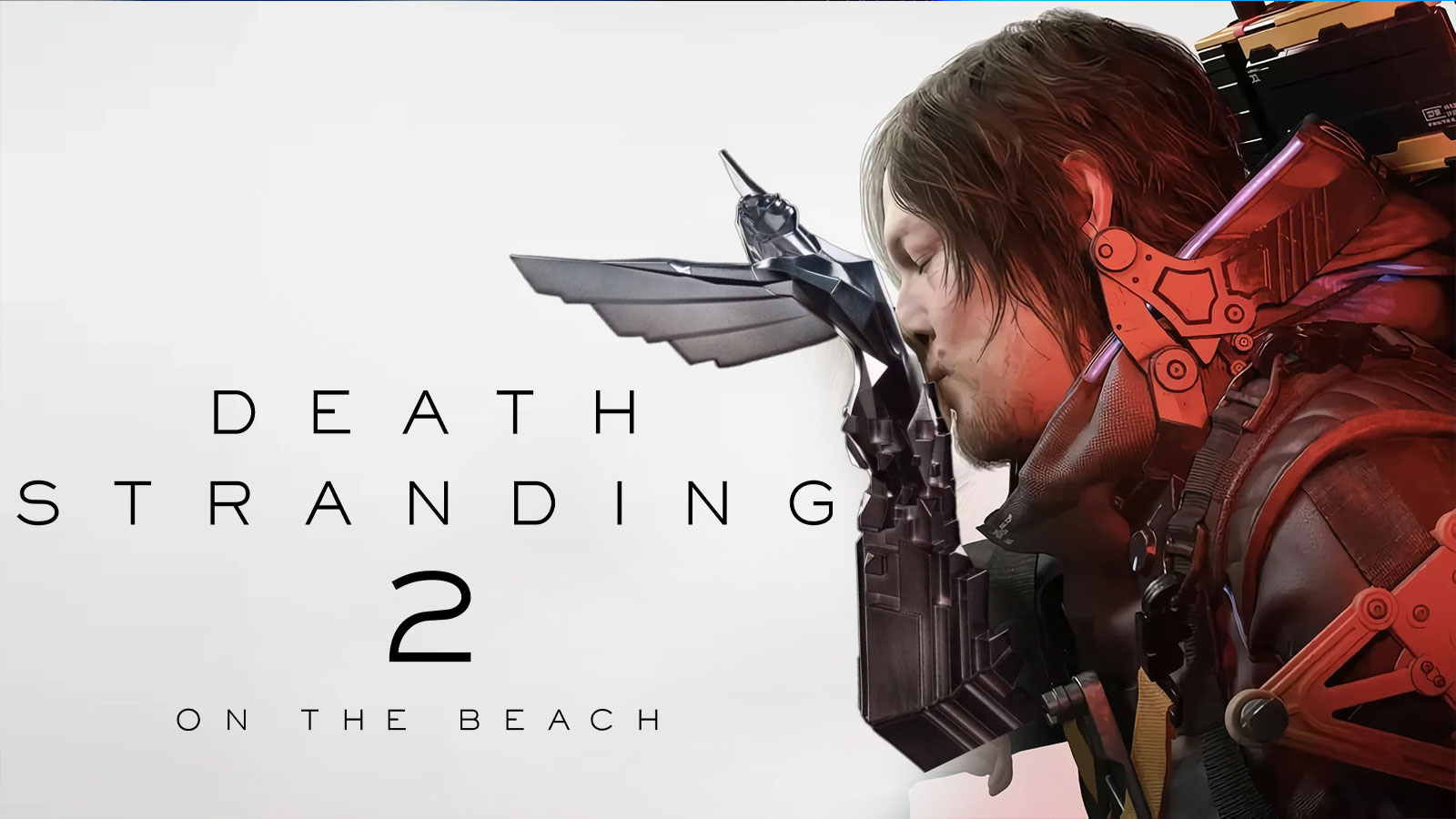Mario + Rabbids was a sleeper hit, and thankfully, in spite of not getting as much attention as it deserves, Ubisoft and Nintendo didn't give up on the project and went on to make a second Mario + Rabbids game. In our Mario + Rabbids Sparks of Hope Review, we will tackle how Ubisoft Milan managed to develop the idea of the Mario + Rabbids game even further, and how much evolution the series already has experienced in just the span of two games.
Mario + Rabbids Sparks of Hope Review: What is Mario + Rabbids Sparks of Hope
Mario + Rabbids Sparks of Hope is a turn-based tactical game. There are a lot of improvements from the previous games which make Sparks of Hope feel like a completely different game in terms of scope and scale. Mario + Rabbids Sparks of Hope sends Mario and the gang to outer space and, similar to Super Mario Odyssey, players explore self-contained open areas, with scattered enemies about that, when approached, bring the player to a separate, self-contained battle area. Another major difference from the previous game and from other turn-based tactical games is its apparent lack of tiles. I say apparent because Ubisoft Milan let go of the tile lines and allows characters to move freely across the battlefield, but there are still invisible boxes that only one character can occupy and any attempts for another character to end their turn on the same tile will push them back by a little bit. It gives a good illusion of freedom of movement that ultimately still balances the game's mechanics in terms of positioning.
Gameplay
As a turn-based tactical game, Mario + Rabbids Sparks of Hope has players control a team of Mario characters and Rabbid versions of the Mario characters. There are a total of nine characters that players can use, each with their own weapons, abilities, and peculiarities. From the nine characters, players get to bring up to three characters every battle, which they can change with no restrictions at any time outside of battles. These characters can level up in battle, upgrade weapons, and use items to aid them. As they level up, they get better stats, but a separate skill tree allows players to further enhance a character's abilities and could make them learn new moves. However, the currency used to learn new skills is shared between all characters, so players will have to make a conscious choice on which character they will focus their builds on.
This is a great way to balance the game as each character really does have its unique contribution to the team. For example, Mario Rabbid is much more effective in close-range combat, while Peach is strong against hordes of weaker enemies. Allowing players to put the skill points on a character will help them refine their battling experience. But the game would also not punish a player for committing too much – the player can always reset the skill tree and try a new build, especially when they face a particularly tough obstacle.
On top of each character's own traits, there are also Rabbid Lumas called Sparks – sentient star-like beings that players can equip to enhance their battle capabilities. These Sparks may have abilities that can be activated during battle to help turn the tides of battle. An example of this is adding a fire element to a weapon's attacks, burning all opponents and causing them to run around the stage, also catching fire anything they touch while they do so. Another, more defensive Spark has an ability that repels all opponents away by a distance of their maximum movement range. These Sparks can also level up like the characters to improve or enhance their effects.
Already mentioned earlier is the ability to move around completely freely in the stage within each character's movement range. There's no limit to how many times a player circles around the play area as long as they stay within the limits of their movement range. This allows players to dash through opponents within range, or to get the assistance of another friendly character, launching them into the air. While mid-air, the player can move in any direction for a limited time, allowing them to pass through obstacles and land behind enemy lines. These new features add yet another layer of strategy to the game. Albeit it encourages much more aggressive play, these features can also help players reset their positioning when they get surrounded, so these new tactical tools really give the game a lot more depth than your usual strategy game.
Apart from the battles, players can find many collectibles throughout each game world, secret areas to clear, and a lot of side activities to do. Just like Super Mario Odyssey, Mario + Rabbids Sparks of Hope's worlds have replay value – you can revisit your previous worlds after you complete the main plot line for that world and explore the world with the menace initially plaguing them already vanquished. For example, the game's first world is plagued by an eternal storm, but completing the main plot line will give you access to a nice concert that has since been suspended due to the rains.
You also don't have to revisit the worlds you've already completed to extend the game's replayability. Apart from the growing arsenal of skills and Sparks you can mix and match with your characters, the enemies you face also have a lot of variety throughout the different worlds you visit. A lot of the usual suspects from Mario games reprise their roles here, like Goombas and Bob-Ombs, and their already-established characteristics help players understand their in-game mechanics much more easily. It's also a great way to introduce different mechanics for the enemies into the game without them feeling shoe-horned, like the Bob-Ombs really feel at home in this game, whereas random walking bombs you can lob to enemies would probably not really mesh well in others.
Overall, Sparks of Hope adds a lot of great things to the already wonderful Kingdom Battle, without missing a single beat or making a single misstep. Almost everything new in Sparks of Hope is a welcome addition.
Story
The Rabbids from the previous game are still in the Mushroom Kingdom, still preparing for their return back to their own world. However, the arrival of a Spark led to the invasion of the Darkmess – a dark, fluid-like malevolent force that is after the Sparks' power, invading worlds and corrupting them. Mario and the Rabbids then embark on an adventure to save the universe, save the Sparks, and defeat the Darkmess menace, bringing balance back to the worlds it has infected.
Graphics
Mario + Rabbids is a beautifully designed game, with vibrant colors and sharp graphics. At the same time, the game's fun and colorful art design doesn't make the game feel like a kid's game. It's just bright and jolly without infantilizing the player. In terms of performance, the game runs smoothly both on handheld and on the brick, which is an amazing feat for a game with this kind of quality graphics. In terms of UI design, everything is also clear, easy to see, and highlighted and/or properly outlined to make faraway or hidden things more visible.
Music and Sound Design
Legendary composer Grant Kirkhope, with the help of Mario spin-off veteran Yoko Shimomura and the equally amazing Gareth Coker, scored the game, so it's no surprise that the game's music is exhilarating and makes the game much more fun to play. Sparks of Hope follows up on Kingdom Battle's amazingly good soundtrack, which has no business being this good. The sound design is also crisp and pristine, very proper for whatever's happening on screen, but always with clarity as to communicate the actions and events playing out.
The game also expands on the characters' voice acting, with the robots now fully voice-acted, and bits and pieces of the Rabbids' dialogues are now voice-acted as well. However, Mario's gang still communicates only with few-word-sentences or grunts and whimpers – the usual when you get a game with Mario voiced by Charles Martinet. While the voice acting where it's added is indeed welcome, it's a bit jarring sometimes to hear the robot seemingly talking to itself. The incongruence between the voiced lines between all characters is a bit confusing, but it doesn't really take away any sense of immersion. It's just weird that robots can talk in full sentences, but Mario and the Rabbids, won't.
Accessibility
Almost already expected from a Ubisoft game, Mario + Rabbids Sparks of Hope also has a lot of accessibility options, from difficulty settings and sliders, to audio options, dialogue and cinematic skips, and camera options. However, this colorful game lacks colorblind options, so take that into account as you make your purchase.
Verdict: Is Mario + Rabbids Sparks of Hope Good? Is Mario + Rabbids Sparks of Hope Worth Your Time and Money?
Mario + Rabbids Sparks of Hope is a great game, and you don’t even have to play Kingdom Battle before trying this out. I would advise anyone who would like to try out the Mario + Rabbids series to go straight to this game, as this game definitely improved on the original with massive leaps. Sparks of Hope is also a treat for strategy or tactics fans, even if they don’t really like the Mario or Rabbids franchises. It's a solid contender for the best tactical RPG game of the year, and people who would avoid it just because of its name or premise would be doing a big disservice to themselves. So, as long as you keep an open mind, you’ll have a great time playing this game. I promise you that.
Score: 9/10
Editor’s Note: ClutchPoints received a Switch review copy to allow us to cover this game. This copy did not, in any way, affect this Mario + Rabbids Sparks of Hope Review’s final score and verdict.
Looking to buy Mario + Rabbids Sparks of Hope as a gift this Holiday season? Click here and purchase the game on Amazon. Do note that by clicking on our affiliate link, Clutchpoints may receive a commission for every game sold through the affiliate link. Mario + Rabbids Sparks of Hope is coming out exclusively on the Nintendo Switch on October 20, 2022.








